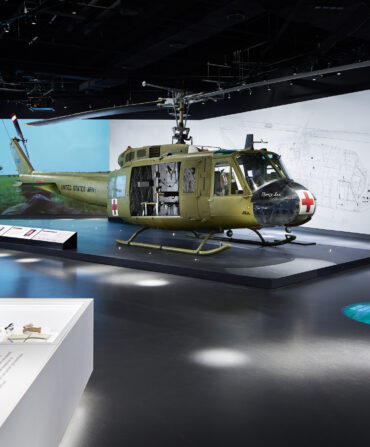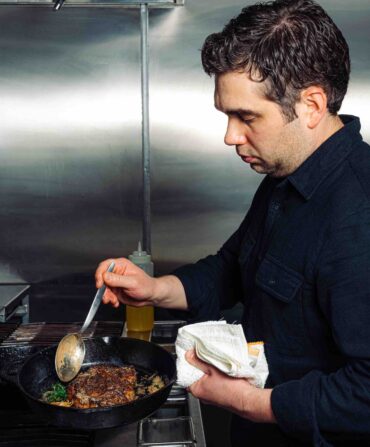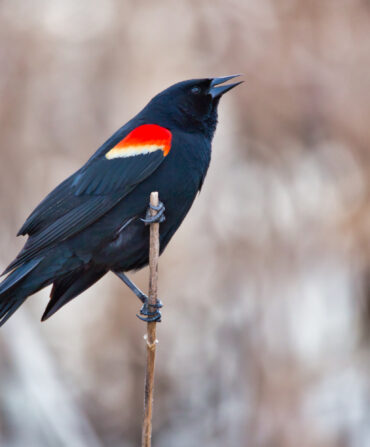It’s not a secret to Southerners, particularly those on the Gulf, that 2020’s hurricane season was a tough one. There were thirty named tropical cyclones in the Atlantic Basin, topping the record book for the most named storms since records have been kept in 1851. Five of the thirteen named storms that hit the U.S. made landfall in Louisiana.
The Washington, D.C–based National Oceanic and Atmospheric Administration (NOAA), and its filial National Hurricane Center in Miami, Florida, used up the planned-for twenty-one ordinary names in mid-September, with tropical storm Wilfred. For the last two-and-a-half months of the season, the NOAA had to dig down in the nether regions of the Greek alphabet and haul up monikers for the nine storms that followed Wilfred. The use of Greek names has happened just twice in the recorded history of storms; the use of nine Greek names has never happened until this year. The NOAA observed the official cutoff date for the season on November 30, but the conditions making storms possible in the Atlantic and Caribbean are thought to continue until the waters cool in mid-December.
The storms were mischievous and quite lethal. The twenty-eighth tropical cyclone, Category 4 Hurricane Eta, pirouetted across and back the Gulf, made three landfalls, raked through ten countries, hit Florida twice, and is estimated to have cost north of $6 billion in damage. The thirtieth and most recent named storm, Hurricane Iota, raged into a Category 5 within a few hours on November 17, before slamming into some of the same countries hit by Eta two weeks earlier. This year’s damage total has yet to be formally assessed, but it will be big. Raw estimates run north of $40 billion, or about twice that of 2019.
Whatever statistical heights 2020’s staggering number of storms have attained is far outweighed by the staggering personal and financial costs those storms have brought to all Southerners. Because: High ocean temperatures are a prime engine of tropical storm generation once the initial blasts of hot monsoon air blow off West Africa into the Atlantic. Gary Bell, the lead scientist at the NOAA’s Climate Prediction Center in College Park, Maryland, says that this year we had what we might describe as the double whammy of storm-making: stronger African winds and higher ocean surface temperatures.
The bumper year also yielded a mother lode of storm data that the NOAA collects via its famous Hurricane Hunter flights, of which there were more than eighty missions in 2020. That data was supplemented by the NOAA’s sixteen satellites, and by some forty-odd deployments of, in NOAA parlance, “underwater hurricane gliders,” or ocean-going torpedo-shaped drones built to motor serenely through any conditions.
At NOAA’s Environmental Modeling Center, also in College Park, all this data is then crunched along with historical storm data, as well as with data on weather systems—such as cold fronts, dips in the jet stream, or upper atmosphere activity—that can boost, or interdict, storms’ tracks and intensity. The NOAA modelers’ larger effort is to forge mathematical models of storms, essentially, a vast collection of dynamic probabilities, that can then be used by the NOAA’s forecasters.
While there are similarities between storms, it’s important to note that each hurricane organizes itself in its own time frame, amid its own particular conditions at its own spot in the Atlantic or Gulf. Its track and intensity are expressions of that individuality, with the various parts—wind, storm surge, the behavior of the storm’s bands—coming together as an orchestra would perform a symphonic score.
The man recording and assessing how that symphony works and why it works the way it does is Dr. Vijay Tallapragada, who leads the hurricane modeling team at NOAA’s Maryland facility. The technical term for what he and his team do is “numerical weather prediction.” The modeling team not only supplies data tools to the forecasters for medium and short-range forecasting, they also generate tools for long-range, or “seasonal” results, and they task the NOAA’s famous Hurricane Hunter data-collection fleet of aircraft.
“All mathematical models have a bias,” Tallapragada says. “The challenge and the goal for us in numerical weather prediction is to collect enough data, and to have precision in working that data, so that what we produce bears the closest relation to reality. The best data we have comes from the planes. And we have just three of those, so there’s unfortunately a limit to how often they can go to get to the storms.”
The community affected by tropical cyclones is a global one, so there are several mathematical models in use, including, for consensus work between the models, at the NOAA. The U.S. Navy has its own model; Britain, which often takes the brunt of the storms that blow off the Atlantic seaboard and rebound back across the North Atlantic, has its model, as does continental Europe. Of the several in use, over time, the NOAA’s model gets top marks. The NOAA’s seasonal forecast update in August turned out to be highly accurate in predicting the size and violence of the activity this fall.
Dr. Tallapragada’s specialty is real-time hurricane models, but now, and for the next few months, the NOAA modeling teams will be taking the 2020 data in several directions. “Data collected this year and over the past several years are used to calibrate the seasonal forecast models,” Tallapragada explains, adding that they use data from storms from the past three seasons for testing and evaluation purposes in upgrading both global and hurricane models. In addition, the seasonal modelers’ work will be used by NOAA forecasters in issuing the 2021 forecast next May.
“We want to know how the storms look so that we know what can be expected,” Tallapragada adds. “The people living on the Gulf and in other hurricane-prone areas want to know what to expect. Our challenge is to deliver that.”








